You might not realize that the early 1990s marked a pivotal shift in fashion, with brands not just selling clothes but also influencing cultural identity. Names like Tommy Hilfiger and FUBU didn't just create garments; they crafted movements that resonated within music and street culture. Each brand had its own unique strategy to capture attention and loyalty, shaping the era's trends. As you consider how these brands transformed not only wardrobes but societal norms, it raises intriguing questions about their lasting impact on modern fashion.
Iconic Fashion Brands
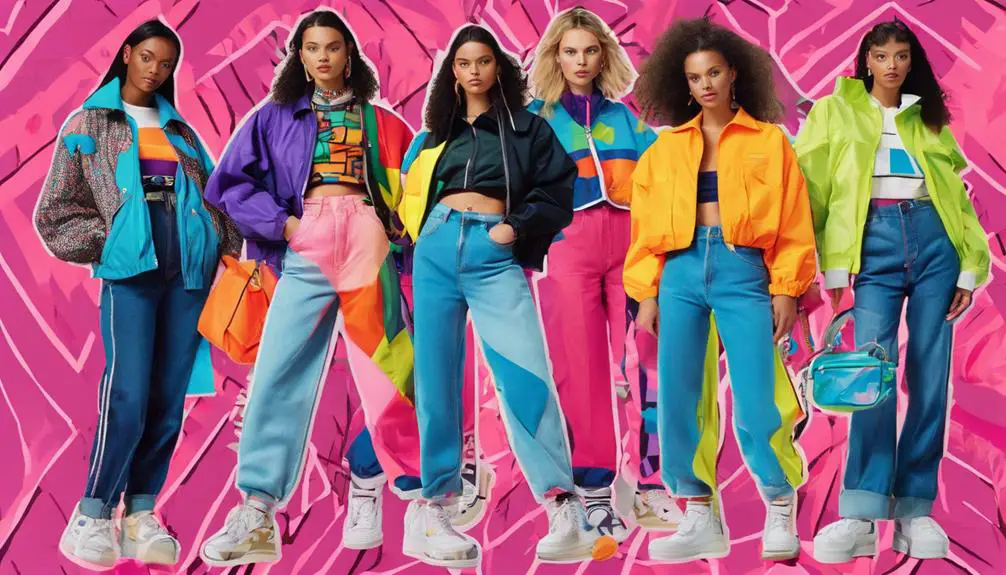
When you think of iconic fashion brands from the 1990s, several names instantly come to mind. Tommy Hilfiger, with its preppy styles and bold American flag logo, captured the essence of casual cool, especially when paired with collaborations featuring celebrities like Snoop Dogg. This blend of classic and contemporary made Hilfiger a staple for diverse demographics.
The era also saw the rise of athletic wear as a fashionable choice, with brands like Nike, which had begun to evolve from performance-focused gear to trendy apparel recognized for its logo evolution and identification.
Meanwhile, Calvin Klein established itself as the go-to for minimalist chic, with its sleek jeans and unforgettable ad campaigns showcasing stars like Kate Moss. These images didn't just sell jeans; they transformed the brand into a cultural phenomenon.
Ralph Lauren also made a significant impact, popularizing the Polo line, where its iconic shirts became synonymous with an aspirational lifestyle that many sought to embody.
Then there's FUBU, which resonated deeply with urban youth through its empowering "For Us, By Us" philosophy. Collaborations with hip-hop artists like LL Cool J helped cement FUBU as a symbol of urban fashion and culture, making it a must-have brand for those who embraced streetwear.
Don't forget JNCO Jeans, which took the fashion scene by storm with their exaggerated wide-leg designs that appealed to the skate and streetwear crowd. These jeans weren't just clothing items; they represented a lifestyle choice, pushing the boundaries of conventional fashion.
Together, these brands defined the 1990s, shaping not just what you wore but who you were.
Cultural Influences on Fashion
The vibrant pulse of the 1990s was undeniably shaped by cultural movements that intertwined with fashion, creating a dynamic landscape of style and identity. As you look back, it's clear that the rise of hip-hop culture considerably influenced contemporary clothing trends.
Fashion brands like FUBU, which stands for "For Us, By Us," emerged as key players, embodying the ethos of urban youth and promoting casual sportswear adorned with bold graphic designs. This brand not only represented fashion but also a cultural statement, with its cultural significance and impact extending far beyond clothing.
Simultaneously, the grunge movement, led by bands like Nirvana, encouraged a thrift-store chic aesthetic, with oversized silhouettes, flannel shirts, and distressed denim becoming staples in many wardrobes.
Pop culture played a pivotal role in shaping these trends. Celebrity endorsements transformed marketing campaigns, with icons like Madonna and Kate Moss showcasing fashion pieces that drove brand popularity through their visibility. Their influence not only elevated certain clothing brands but also sparked a frenzy among fans enthusiastic to emulate their style.
Fashion magazines, such as Vogue and Rolling Stone, acted as trendsetters, introducing emerging designers and the latest styles to the masses.
The emergence of streetwear culture with brands like Supreme and Stüssy reflected a shift toward casual, everyday styles that resonated with youth identity and self-expression. Bright colors and unique graphics were everywhere, encouraging individuals to express themselves boldly.
In this vibrant era, the fusion of music, celebrity influence, and innovative marketing created an unforgettable impact on fashion, shaping a generation's sense of style and identity.
Target Audiences and Strategies
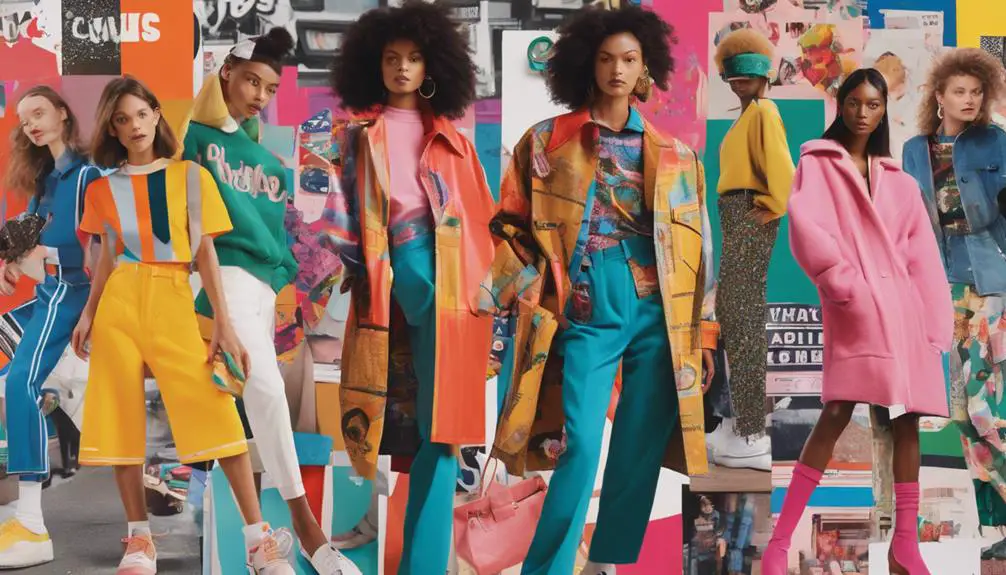
Targeting specific audiences was key for 1990s fashion brands, as they crafted strategies that resonated with their desired consumer base. Each brand understood that knowing your target audience is essential in the fashion industry.
For example, FUBU embraced its "For Us, By Us" philosophy, connecting deeply with young Black consumers by collaborating with hip-hop artists. This approach not only enhanced the brand's visibility but also made the clothing and accessories feel authentic and relatable.
Similarly, Starter capitalized on partnerships with professional sports teams, creating a strong emotional connection with sports fans through their iconic athletic apparel and marketing strategies, which became a defining element of youth culture in the 1990s Starter's rise as a cultural icon.
Limited Too, on the other hand, focused on preteen girls, offering trendy, colorful clothing that matched their playful aesthetics. By tapping into this youthful demographic, the brand thrived.
Gap took a broader approach, appealing to a wide range of shoppers with casual American-style clothing, utilizing memorable advertising campaigns and celebrity endorsements that attracted diverse target audiences.
Juicy Couture made its mark by engaging younger customers through strategic marketing, promoting its luxurious velour tracksuits on social media and with celebrity endorsements. This savvy approach kept the brand fresh and desirable.
Finally, Roxy, an offshoot of Quiksilver, catered to women in adventure sports, emphasizing comfort and style in its surf and athleisure collections, which in turn appealed to a niche market that craved both functionality and fashion.
In each case, these brands skillfully introduced new collections that reflected their target audiences' needs and desires, ultimately sculpting their identities in a dynamic and ever-evolving fashion landscape.
Trends That Defined the Era
Fashion in the 1990s was marked by a diverse array of trends that not only reflected the cultural climate but also shaped consumer identity. You probably remember the rise of oversized silhouettes, with baggy jeans from brands like JNCO dominating the scene. These wide-leg designs broke away from the previous slim-fit trends, allowing for a more relaxed and comfortable style.
Meanwhile, minimalist fashion took center stage, led by Calvin Klein's iconic slip dresses and clean lines, which became the epitome of chic during this era. The popularity of vintage fashion also emerged during this time, with brands like Ralph Lauren offering timeless pieces that appealed to both nostalgia and quality.
Bright colors and bold designs also played a significant role in defining the decade. Brands like Cross Colours resonated with urban youth culture, promoting social messages through their clothing, appealing to a generation keen for self-expression.
On the other hand, Tommy Hilfiger introduced preppy styles that merged classic American aesthetics with a contemporary twist, often collaborating with celebrities to enhance brand visibility.
Amidst these styles, the trend of logo-centric clothing, or "logomania," surged in popularity. Brands like FUBU and Sean John thrived on this movement, using bold branding to connect with hip-hop culture and youth markets.
This obsession with logos wasn't just a fashion statement; it was a way to showcase identity and belonging.
Legacy of 90s Fashion Brands
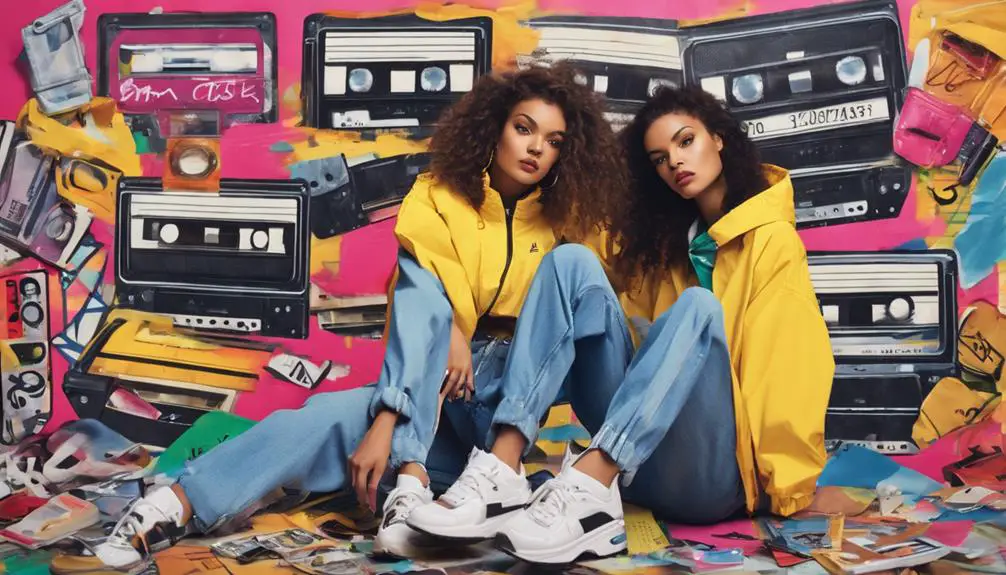
Nostalgia for the 1990s continues to resonate in today's fashion landscape, thanks to the enduring legacy of iconic brands. These brands quickly became known for their unique styles and cultural significance, shaping the way we view fashion today.
Tommy Hilfiger and Calvin Klein, for instance, created aesthetics that are almost synonymous with the decade—preppy and minimalist, respectively. Their influence resonates even now, as contemporary styles often draw from these iconic looks.
Additionally, the emergence of brands like Reebok, which pioneered innovative athletic footwear, contributed to the decade's dynamic fashion scene, combining functionality with style in a way that still inspires today's athletic wear trends. Reebok's origins trace back to the late 1950s, reflecting a commitment to quality and performance that has shaped modern sportswear.
In the domain of urban fashion, FUBU's "For Us, By Us" philosophy and collaborations with hip-hop artists solidified its status as a game-changer. It paved the way for future black-owned enterprises, proving that fashion could speak to cultural identities.
Meanwhile, brands like Ralph Lauren and Nike, which became a favorite among those seeking aspirational lifestyles, merged casual wear with luxury—an approach that continues to dominate today's branding strategies.
While some brands, like Baby Phat and Cross Colours, filed for bankruptcy, their revival in the 2010s highlighted the lasting appeal of 90s aesthetics. The bold colors, oversized silhouettes, and logo-centric styles that defined the decade have made a massive comeback, influencing modern streetwear and high fashion alike.
You can see how the spirit of surf culture and the vibrancy of the 90s still inspire designers, reminding us that the legacy of these fashion brands is more than just nostalgia; it's a living influence that shapes our wardrobes today.
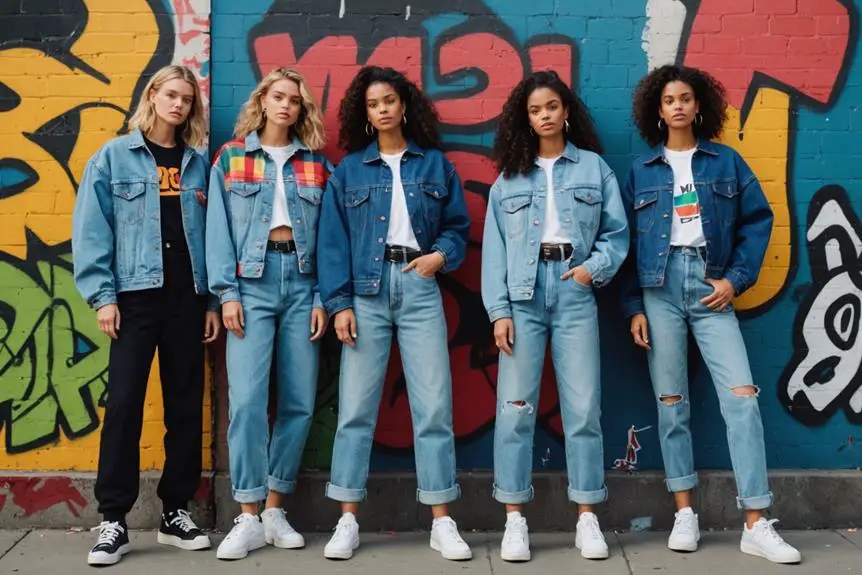

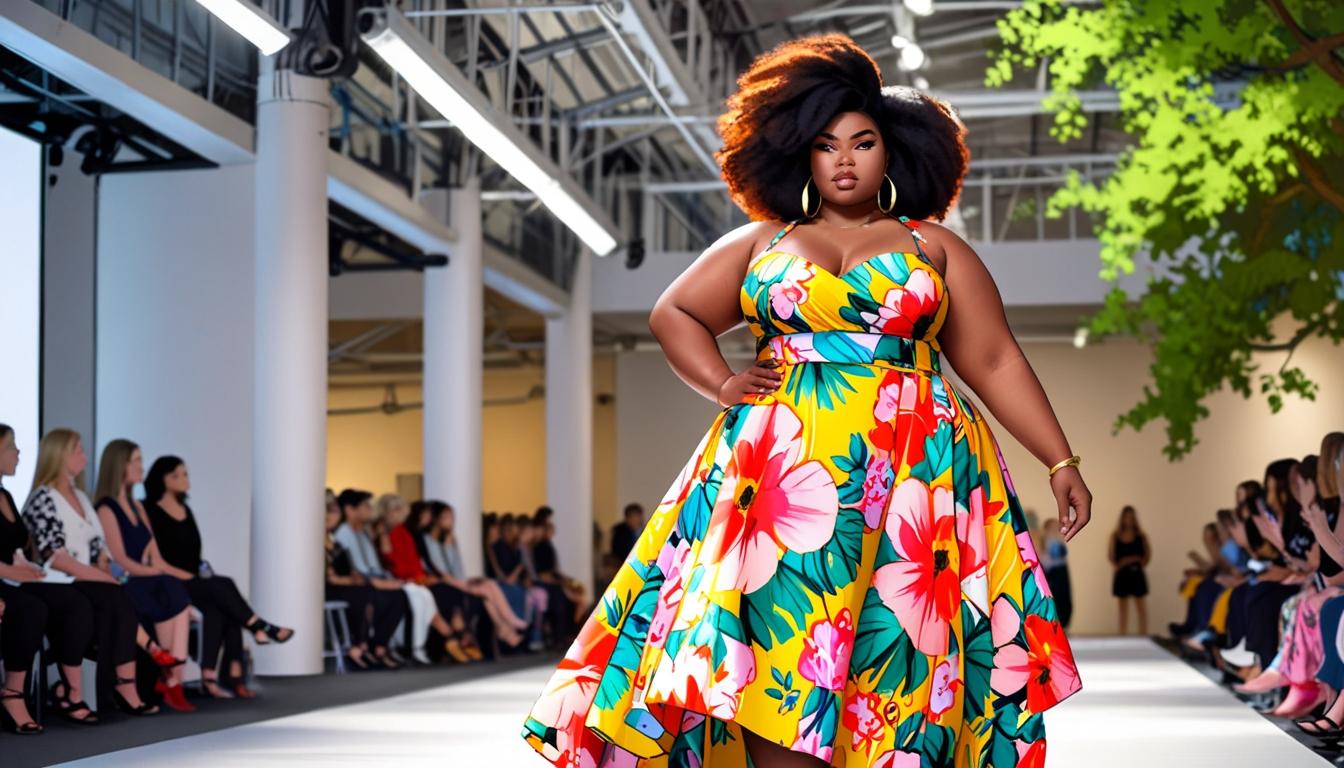
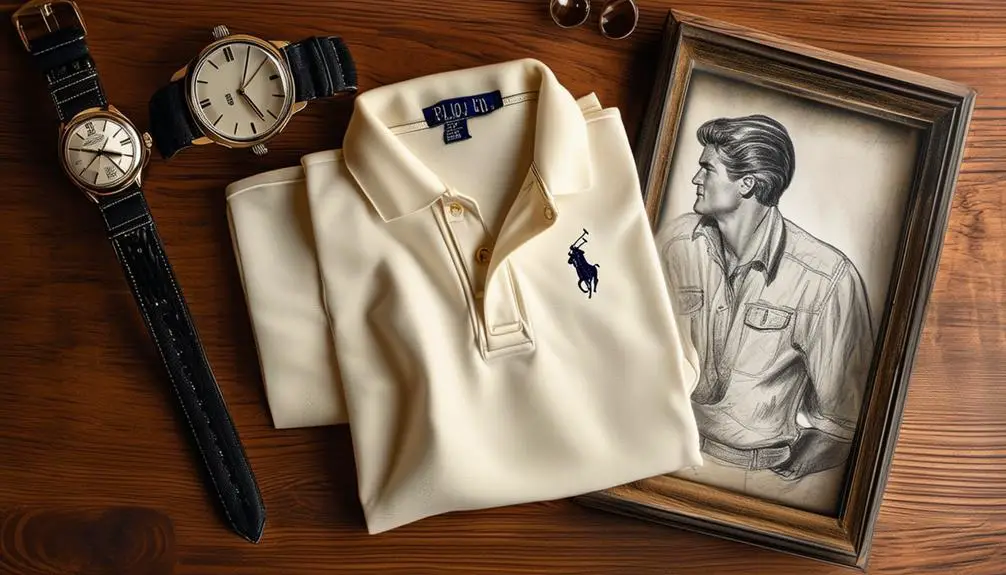
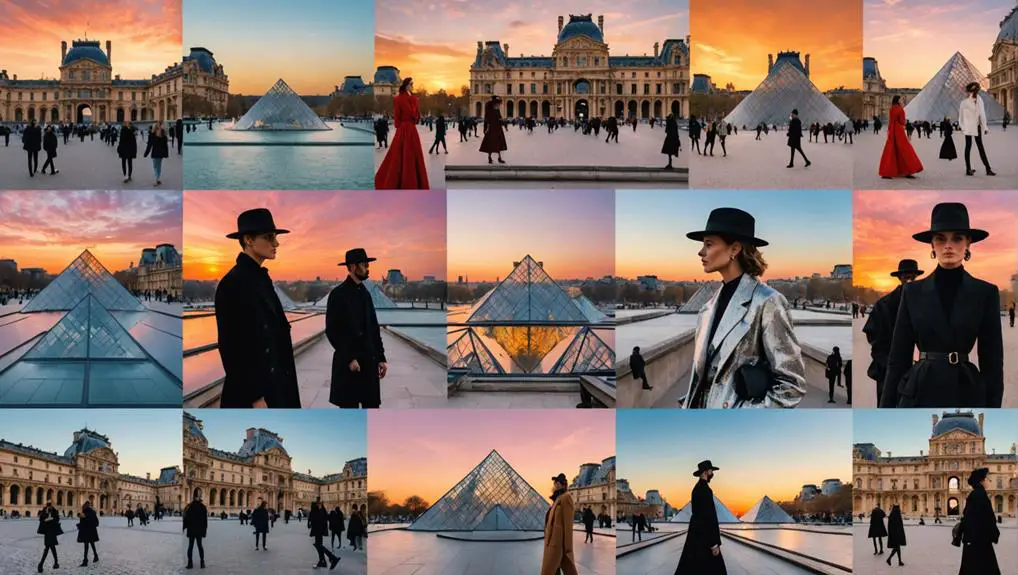
Excellent pieces. Keep posting such kind of information on your
page. Im really impressed by your blog.
Hello there, You have performed a fantastic job.
I will certainly digg it and in my view recommend to my friends.
I am confident they will be benefited from this site.